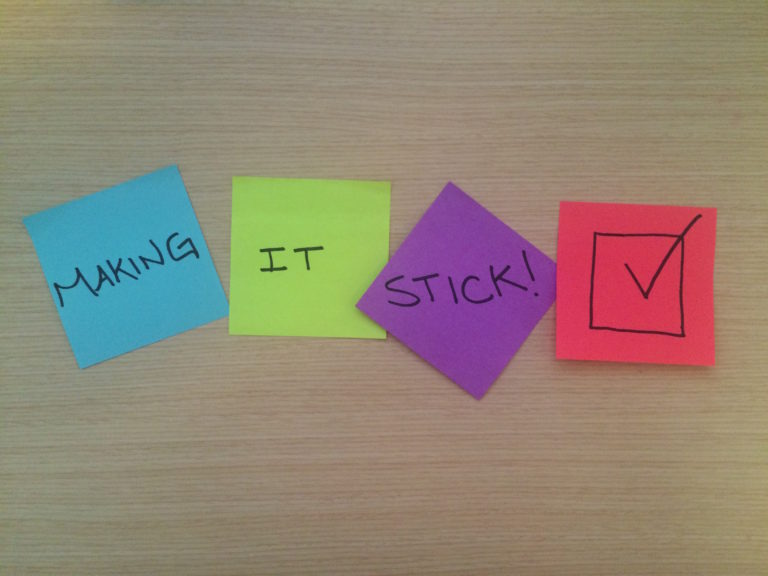They aren’t listening. I want the button to say, “Employee Reviews.”
Posted by Julie • June 19, 2015 (Last modified June 6, 2022) • 3 min read
Customer: “We love your software. We’d like to change the button that says Appraisal to the word, ‘Review.’ It’s a must-have for our culture.”
Employee reviews, check-ins, evaluations, appraisals…there are many variations on the words organizations use to describe that discussion about how things are going each year.
Customer: “We love your software. Can we change the button to say ‘Co-worker Input’ instead of ‘Multi-rater feedback’?”
360 reviews, multi-rater feedback, peer comments, colleague sharing…again, lots of variation on how organizations like to refer to the people other than ourselves or our manager who provide opinions on our work.
Customer: “We love your software. Can we change the button to say ‘Supervisors’, not ‘Managers’?”
Supervisors, Team leads, Managers, 1-ups, Overseers, Administrators, Head Person…
You get the idea. Our company calls it an Anas Platyrhynchos, not a duck.
Why can’t users change the software interface to match the words unique to an organization? Aren’t they listening?
It’s not that simple.
- Some software is rigid, like a brick wall. Think Plants vs. Zombies. Elements inside the software cannot be changed, and that’s that. You wish the Yeti Zombie was purple, and that he was called a Sasquatch Zombie instead? The game wasn’t designed to allow the user to redefine the interface. The software is inexpensive (insanely fun), and if you need help, you’ll likely find it online or in online community forums.
- Some software is more customizable (like Trakstar) or Hubspot. The software offers a flexible framework, and can be customized extensively. Think of having the frame of a house already built, and you get to make design decisions (house color, carpet, tile.) Workflows and solutions can be designed within the tool, things like layout or icon names likely cannot be changed. Its more than entering Player’s Name, and it’s price is mid-ranged because of it’s complex nature. Support probably offered online, on the phone, and through support teams.
- Some software is infinitely customizable. Change anything and everything! Think SAP. The price is high, because it’s likely IT or engineers will be involved to customize it. Imagine designing a complex workflow to manage a supply chain.
We’re often asked why some elements in mid-ranged software can be customized, and other elements cannot.
- Support. Imagine changing hard-coded menu names. Now you need custom documentation. There can be no universal user guide. And, the software just got updated. Poor users – nothing looks like their custom documentation anymore. And the guy that made the custom user guide? He’s on sabbatical and has the original document.
- Updates. Users are clamoring for the newest features, but there are multiple versions of the software out there. Engineers now need to retrofit the new and the old. What seemed like a simple feature request now involves engineering time – the most expensive hours on payroll.
- Preference Soup. The more customizable the software, the harder it can be to find “that preference that is messing everything up.” It costs users time and drives up support costs at the software company which get passed along to the end user.
- Cost. Mid-ranged software shouldn’t require an engineer. By keeping some elements constant, and you’ll be able to learn the software and be empowered to make changes yourself.
We want our customers to have it all. That’s the reason we sometimes must agree to call it a duck.
Don't Miss Out on More Great HR Articles!
Subscribe to get the latest, greatest HR and Talent Development content straight to your inbox.


